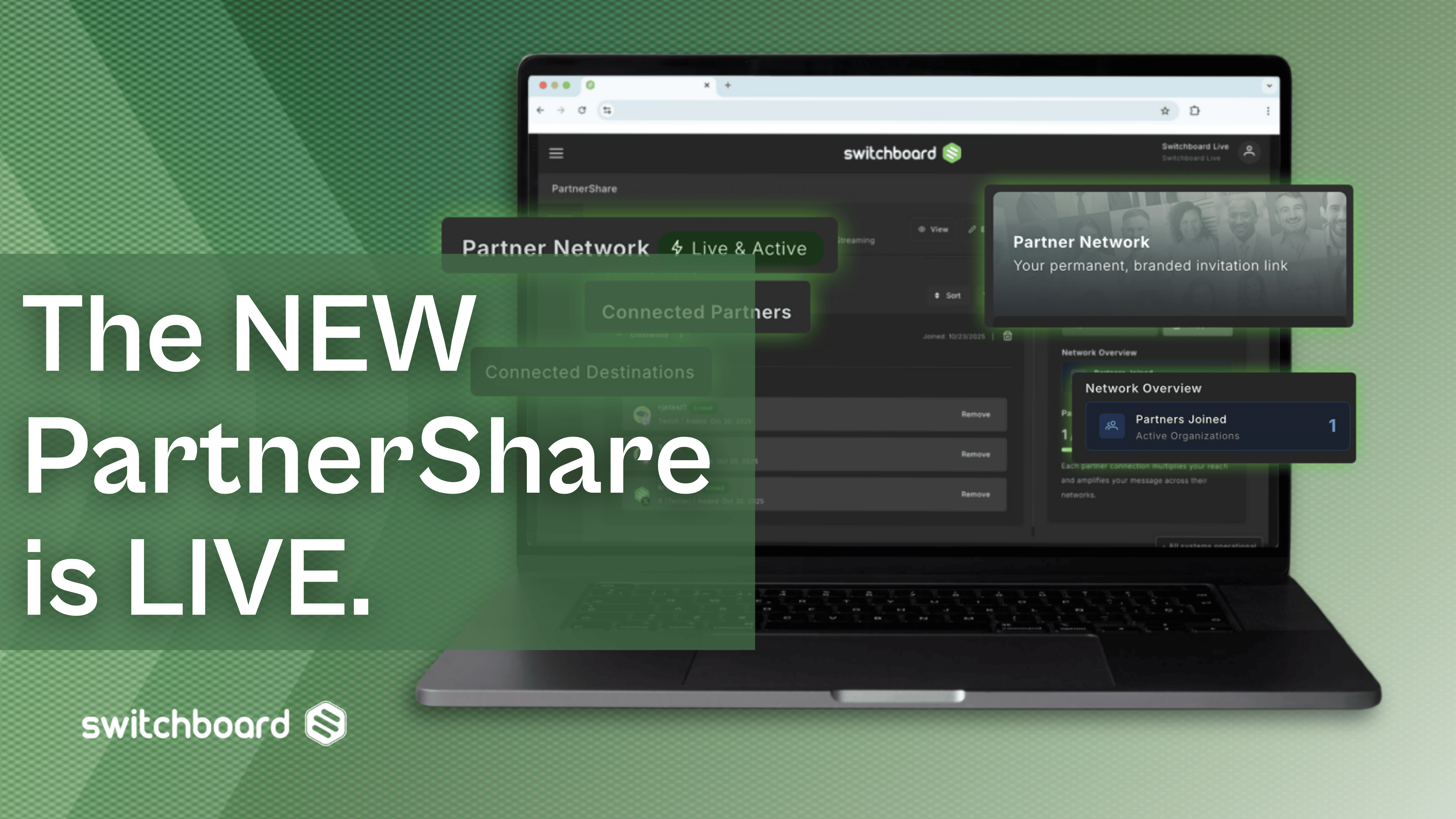There’s this story everyone's probably heard by now: back in the day, brothers Auguste and Louis Lumière showed a minute-long video of a locomotive coming right at the screen and a theater full of people panicked and ran.
Many great lessons can be taken away from this, but one that's infinitely less focused on is that 120 years ago, you could get a theater full of people to watch a clip of a choo-choo and they’d pay you for that opportunity. Perhaps the more important lesson to consider, however, is that we're still talking about that 60-second video from 1896. Clearly the Lumière brothers knew how to properly grab the viewers' attention. Brands and companies can learn how to secure new customers and clients by utilizing similar strategy.

These days, the supply of moving pictures far outweighs the demand. We live in a magical age where anyone can make a video. Rick from down the street, who has lots of opinions on chemtrails. Or that toddler in Burger King, whose dad just gave her his phone to play with. Or of course your cat, who just turned on the webcam at your house and is now live streaming herself to an audience of your confused mother. Anyone.
With so many people creating so much content these days, trying to make your video stand out can feel like screaming into a vacuum. Here are a few easy pointers to help you make your videos rise above the rest, and help you gain and retain more clients.
1. Keep the Video Short
You’re a creative type. That means that on your best day, you have a lot to say. That’s great news. Don’t say it all at once.
It can be tempting to put out longer content when you first start out. Don’t do it. People like smaller, more easily-digestible content. It’s the reason listicles sell more add space than encyclopedias, and Pringles are more popular than potatoes. Got a twelve-minute video idea? No you don’t, you have four three-minute ideas. Ration out those videos, and broadcast them on a publicized schedule that will keep the viewers coming back for more.

2. Stay Consistent with Schedule
I can’t stress this enough: from day one, keep on schedule. This is the cardinal rule of internet video production. Make yourself a part of your viewers’ routines. If you’re planning live streaming broadcasts, pick a day of the week when you’ll be making them and keep to it. Nothing breaks up the monotony of a customer's workday quite like remembering they need to tune in to your weekly video post each Wednesday at 2pm.
Don't be afraid to play the odds with scheduling, either - in his book, “Games You Can’t Lose: A Guide For Suckers,” Harry Anderson described the intricate details that can throw the odds of a gamble in your favor. He swore that going to the racetrack on the right day would up your chances of winning. The same can be said of publishing content, only there’s science backing this up and not just that cool guy from Night Court.
No really, there have been studies. Videos that are uploaded Thursday through Sunday get more traffic. Post in the morning on weekends and the afternoon during the week. Avoid Fourth of July, Thanksgiving, and Christmas. Math can be fun! And increase your return on investment (ROI)!
3. Explore Advertising Options
The internet video marketing universe is a murky place to be. If you’re planning to promote your video, do your homework. What you see isn’t always what you get.
Case in point: Facebook advertising. As straightforward as it looks, there’s a shady side to it. Throwing fifty bucks to get your video out there is definitely going to get you more likes and views, but there’s a good chance they’ll be coming from a pile of fake accounts. If all you’re looking for is an uptick in numbers, go bananas. If you want actual customer engagement, make sure that you’re taking advantage of targeted demographic marketing.

4. Keep an Eye on Video Analytics
Always remember that perfecting your video output is going to take time and experimentation, so use the down time to frequently check in on video analytics. It’s so easy. Facebook offers analytics. YouTube does, too. Nearly any social media platform or content management system (CMS) you choose to share your content through offers some form of free, simple, real-time report on how much people are paying attention to your stuff. Check that out on the regular, and use the information to get a better grasp on what is and isn’t working.
Really get in depth with this one. There’s a lot to be learned. If you’ve got the budget for it, look into specialists who can decode advanced analytics for you and figure out what statistics like "views by ember location" or "viewership drop off points" mean to your bottom line.
5. Use Concise Titles
This seems small, but it isn’t. Do a Google search right now on just about any topic and you’ll find videos pertaining to your search within the first two pages of results. How-to’s, informational videos, and fourth-tier song parodies are going to be some of the first things Google sends back to you, and as simple as it seems, they’ll only be there because they’re titled properly.
They have to be. Every minute, a hundred hours of new video is uploaded to YouTube. Which videos get seen depends largely on how well their titles encapsulate the subject that they’re covering.
And there you have it: a starter’s guide to attracting customers to your business with internet video. For more tips, be sure to check out other helpful articles on the Switchboard Live blog.




.png)
.png)
.png)







